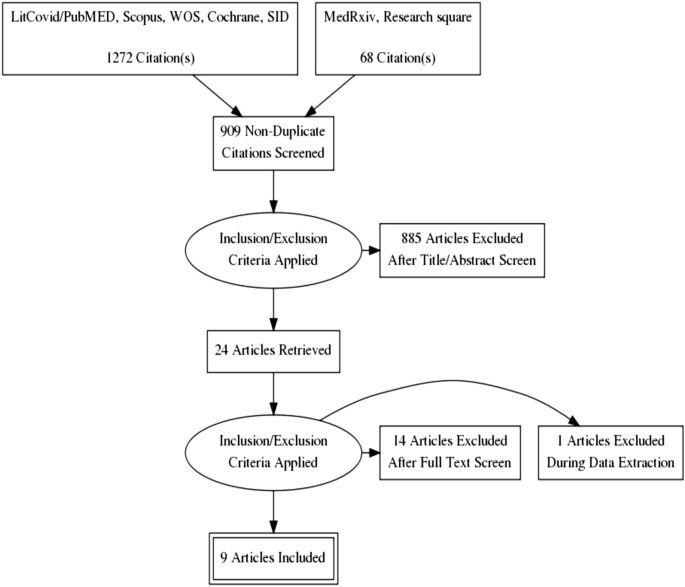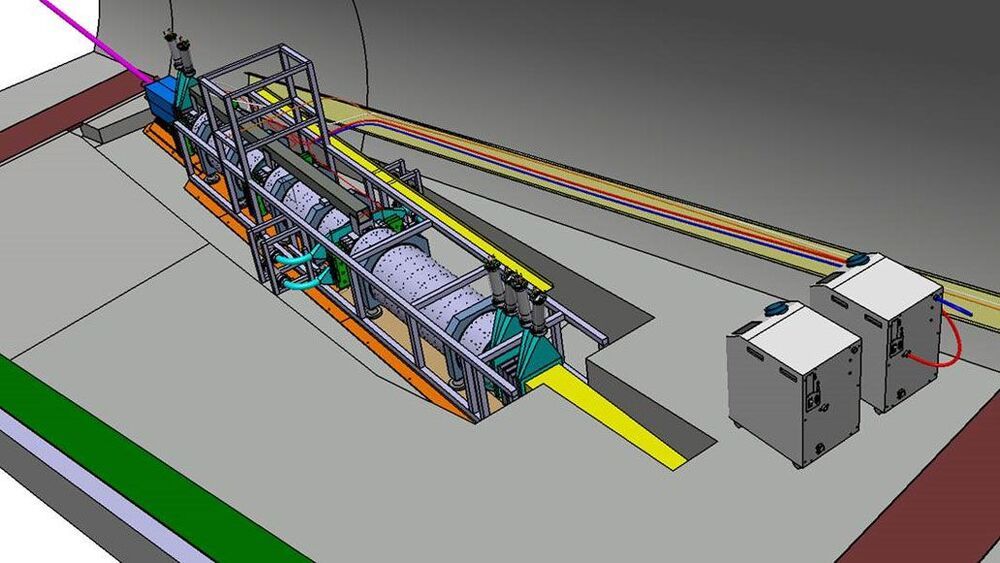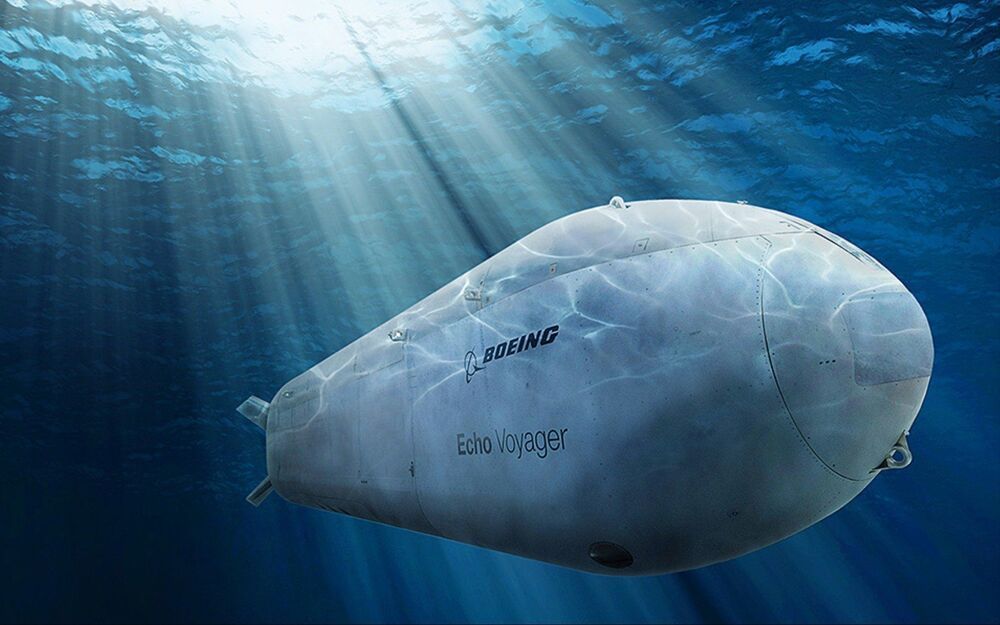The novel coronavirus outbreak began in late December 2019 and rapidly spread worldwide, critically impacting public health systems. A number of already approved and marketed drugs are being tested for repurposing, including Favipiravir. We aim to investigate the efficacy and safety of Favipiravir in treatment of COVID-19 patients through a systematic review and meta-analysis. This systematic review and meta-analysis were reported in accordance with the PRISMA statement. We registered the protocol in the PROSPERO (CRD42020180032). All clinical trials which addressed the safety and efficacy of Favipiravir in comparison to other control groups for treatment of patients with confirmed infection with SARS-CoV2 were included. We searched electronic databases including LitCovid/PubMed, Scopus, Web of Sciences, Cochrane, and Scientific Information Database up to 31 December 2020.
Despite the LHC’s fame, all its detectors were oblivious to neutrinos. But not anymore.
With COVID rates dropping and vaccinations on the rise, the United States and other places are removing some requirements for face coverings. Are they moving too fast?
Summary: A new algorithm that uses data from memory tests and blood samples is able to accurately predict an individual’s risk for developing Alzheimer’s disease.
Source: Lund University.
Researchers at Lund University in Sweden have developed an algorithm that combines data from a simple blood test and brief memory tests, to predict with great accuracy who will develop Alzheimer’s disease in the future.
A software engineer tells BBC’s Panorama about installing the system in police stations in Xinjiang.
The 50-ton Voyager was developed by Boeing’s PhantomWorks division, which is devoted to advanced new technologies, succeeding a series of smaller Echo Seeker and Echo Ranger UUVs. The 15.5-meter long Echo Voyager has a range of nearly 7500 miles. It has also deployed at sea up to three months in a test, and theoretically could last as long as six months.
Supposedly, Voyager also can dive as deep as 3350 meters—while few military submarines are (officially) certified for dives below 500 meters.
And it isn’t the only robot submarine in the works.
The Starship is designed to send humans further than ever into space, but its internal design is also a sight to see.
An interstellar treaty with other advanced civilizations could stave off death by domain wall.
A study in ‘Nature Communications’ combines data from blood analyses and information about physical exercise to identify a new measure influencing “biological age.”









